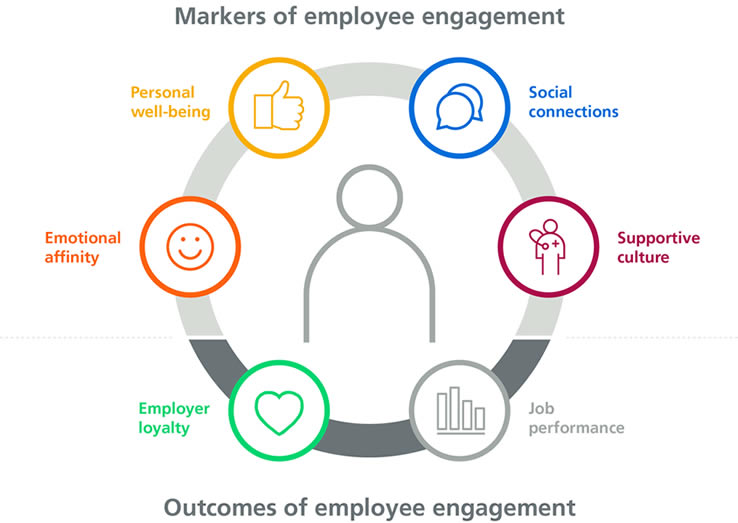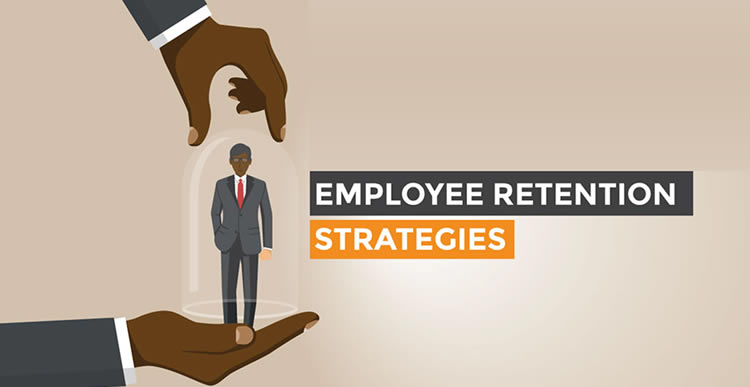Employee Retention Strategies needed in your Start-up
Employee retention strategies are no longer optional; they’re essential for any startup aiming for sustainable growth and long-term success. As the African proverb says, “If you want to go fast, go alone; if you want to go far, go together.” A startup’s success depends on the collective effort of its team, not just a founder’s vision.
High employee turnover can cripple small businesses. According to research, replacing an employee can cost nearly 20% of their annual salary, making it crucial for startups to focus on retaining top talent early. Below are proven employee retention strategies for startups that not only reduce turnover but also build a loyal, motivated workforce.
Employee Retention Strategies Needed in Your Startup
1. Plan Retention Before Hiring
Retention starts before onboarding. Your hiring managers should clearly understand:
-
The skills and cultural fit required.
-
Career growth opportunities the role can offer.
-
Your company’s values and expectations.
Hiring right reduces mismatched candidates and prevents high turnover rates. Proven ways to retain talent in startups always start with the right hires.
2. Offer Competitive Salary & Benefits
According to surveys, 45% of employees quit due to low salary and lack of benefits. To retain employees:
-
Provide fair pay packages and financial incentives (EPF, ESI, health insurance).
-
Include perks like paid vacations, family medical plans, and performance-based promotions.
-
Offer low-cost employee retention ideas like festival bonuses or flexible perks tailored to their needs.
Remember: Employees stay when they feel valued financially and emotionally.

3. Foster a Positive & Conducive Work Culture
Employees don’t just leave companies; they leave toxic environments. A mentally exhausted employee can’t deliver their best.
-
Train managers to practice empathetic leadership.
-
Create an employee wellness program focused on mental health.
-
Promote work-life balance in startups through flexible work hours or remote options.
A healthy workplace culture motivates employees to stay long-term.
4. Boost Employee Engagement
Engaged employees are less likely to quit. Some practical engagement strategies include:
-
Involving staff in business planning and decision-making.
-
Organizing knowledge-sharing sessions and innovation workshops.
-
Recognizing and rewarding contributions publicly.
Increasing employee engagement improves productivity and builds trust within the team.

5. Implement an Open-Door Policy
Startups should encourage transparent communication:
-
Create online forums or suggestion portals where employees can share feedback directly with top management.
-
Regularly review and act on employee concerns.
An authentic open-door policy builds trust and prevents dissatisfaction before it leads to attrition.
6. Respect Diversity & Individual Strengths
Not all employees perform the same way. Some excel at quality; others at quantity.
-
Assign tasks aligned with strengths.
-
Provide equal training and growth opportunities but avoid a one-size-fits-all approach.
-
Respect diversity in performance pace and skills.
Employees feel valued when their unique contributions are recognized.
7. Offer ESOPs & Ownership Opportunities
One of the best employee retention strategies for startups is offering Employee Stock Ownership Plans (ESOPs):
-
Allow early employees to buy company shares.
-
Share profits through stock options or performance bonuses.
When employees feel like stakeholders, they work harder to grow with the company.

8. Focus on Continuous Training & Career Growth
Employees stay where they see career development opportunities.
-
Provide cross-functional training and skill development workshops.
-
Encourage employees to take leadership roles and explore growth within the organization.
-
Offer mentorship programs to guide them in their careers.
Investing in employee growth ensures loyalty and reduces turnover.
Conclusion: The Importance of Employee Retention in Startups
Employee retention strategies are vital for startups aiming to build a stable and high-performing workforce. By hiring right, offering fair compensation, fostering a healthy work culture, respecting diversity, and providing ownership and growth opportunities, startups can reduce turnover and improve employee loyalty.
Happy, engaged employees are the backbone of a successful business. When you invest in their growth and well-being, they invest in your startup’s future.
About CO-OFFIZ : Coworking Space in Delhi-NCR
Co-Offiz is a leading provider of coworking spaces in Delhi-NCR tailored for young professionals, startups, freelancers, and entrepreneurs. We emphasize a collaborative work culture that enhances productivity while providing a hassle-free and aesthetically pleasing environment based on Vastu principles.
Our modern amenities include high-speed internet, unlimited tea/coffee, breakout zones, power backup, and CCTV security. Our vibrant meeting rooms feature LED TV projectors and ergonomic chairs, fostering an ideal workspace.
With locations in Preet Vihar (East Delhi), Janakpuri (West Delhi), Netaji Subhash Place (North Delhi), Noida Sec-63 and Gurugram Sec-58, we offer flexible seating, dedicated desks, and private cabins at competitive prices, all conveniently located near metro stations for easy access.


